Like most everything, we have a strong side.
Snowboard is a good example. You have to choose between regular or goofy stance. In fact you don’t choose, it just happens to be that way.
Telemark turn is the same, remember when you started, you had a strong side. Maybe you don’t even remember. Now, mechanically, you may approach difficult situations on your strong side.
Like mentioned in the post: Flawless method to learn movement, practicing your weak side as you learn will only take a few more minutes and will just make it easier to learn on your good side. But what if you never learned something on your weak side and you got real good at it on your strong side. Can you still make it up for the time lost? Will it take incredible amount of time and energy the make it back? probably the answer to all these is YES.
Even if it will seem longer now, it’s still feasible and definitely worth the effort.
You know the saying:
If it ain’t broken don’t fix it. BS. This is a a loser’s perspective.
I think it’s more something like:
Be a visionary: Think outside the box.
Let’s take for example an advanced telemark skier that can ski any run on a resort. You sometime get air of jumps, landing telemark stance. Are you able to land both side equally well? Meaning: can you land with your left leg up front the same as you can your right? Probably not.
And it has a major impact on your ability to ski. Here’s how:
Going down a black diamond run with moguls is still hard but you manage. Things happen fast in moguls and you sometime lose control after a few turns. You probably haven’t notice, but I bet you don’t absorb moguls as good on one side. Why? Because it’s your weak side that has never practice absorbing as much as your good side. And landing jumps is a good way to learn just that.
This is just one example.
Practicing your weak side is not the end of the world, It’s just another perspective to keep in mind as you progress.
Don’t take your ability to ski for granted, don’t stop progressing, Don’t be lazy. And have fun on the mountains. That’s what telemark is all about.


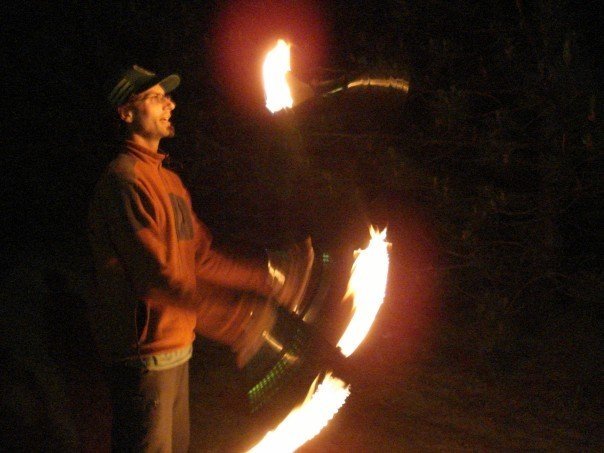
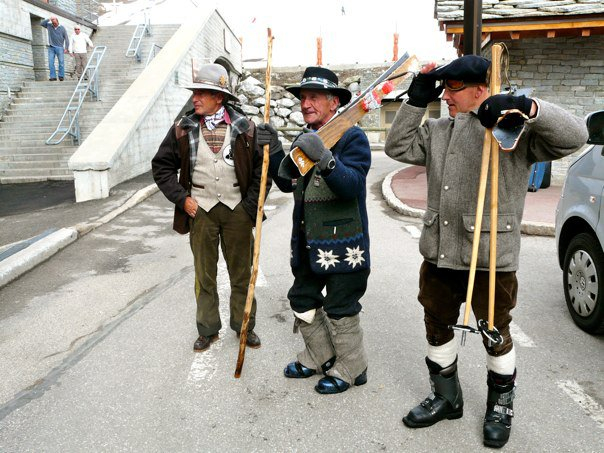
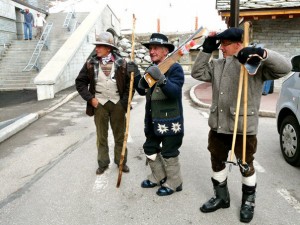
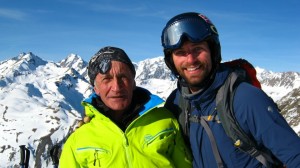

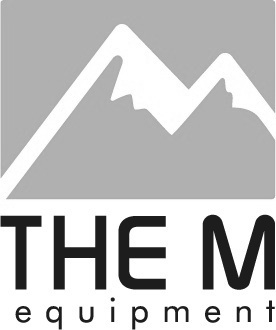


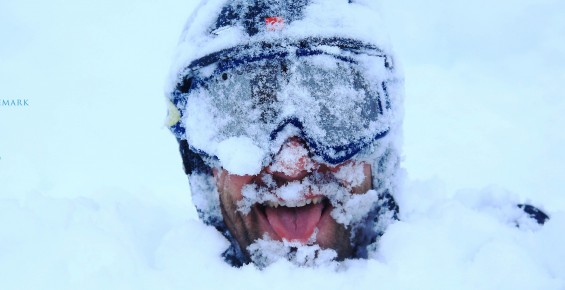
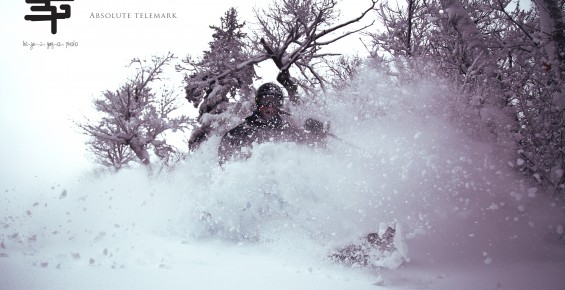

What others think about it